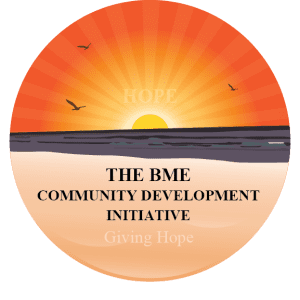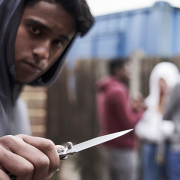Youth Violence Prevention: Mobilising Communities Youth Violence as Everyone’s Problem
Successful youth violence prevention programs consistently share one trait: they mobilize the broader community. While professionals (like social workers, police, and teachers) play essential roles, it is often the collective action of neighbors, local leaders, businesses, and ordinary citizens that creates a sustained reduction in violence. For funders, therefore, a key strategy is to support initiatives that galvanize community involvement and ownership of the solutions.
Why is community mobilization so important? Because youth violence is a community-level problem. It affects not only the victim and perpetrator but also family members, classmates, local shop owners, and residents – eroding trust and stability for everyone. Conversely, community norms and informal social controls can powerfully dissuade youth from violence. A neighborhood where adults all intervene to break up fights, or where local merchants mentor teens, is far safer than one where “everyone minds their own business.” Engaged communities also identify problems early – they know which kids are slipping into trouble or which spots on the block breed conflicts, allowing for proactive intervention.
Some effective ways communities have been mobilized include:
- Neighborhood Watch and Safe Corridors: In areas plagued by youth gang activity, residents have formed watch groups and volunteered to patrol streets during after-school hours, providing a non-aggressive deterrent to violence. Others organize “safe corridor” programs where trusted adults line the routes students take to and from school, protecting them from gang recruitment or attacks. These efforts increase visible guardianship of youth.
- Community Centers and Churches: Local institutions like churches, cultural centers, and libraries often spearhead violence prevention by hosting programs – from evening sports leagues to youth discussion forums about violence. Faith leaders and community elders can be influential voices promoting non-violence and offering mediation in disputes. Funders can boost these efforts by providing grants for extended hours, facility upgrades, or program staff at such centers.
- Youth Leadership and Advocacy: Empowering young people as part of the solution can transform community norms. Many cities have formed Youth Advisory Councils on violence prevention, where teens themselves educate peers, design anti-violence campaigns, and advise policymakers. Peer influence is powerful; messages of peace and opportunity resonate more when coming from other youth. Funding peer-led campaigns – for instance, social media campaigns where local youth influencers speak out against knife carrying – can shift attitudes across an entire community of young people.
- Community–Police Partnerships: Traditional policing alone can alienate communities, but models like community-oriented policing build trust. When police attend community meetings, work with local youth clubs, or join in neighborhood events (like barbecues or sports days), they cease to be seen as outsiders. This trust makes residents more willing to share information to prevent violence and more open to police-youth mentoring initiatives. Funders can encourage such partnerships by supporting liaison programs or training for officers in youth engagement. In places where this has happened, crime tips from the public and cooperation in violence prevention have markedly increased.
One illustrative success comes from Glasgow, Scotland, where a combination of community mobilization and public health strategy saw youth violent crime rates fall significantly over a decade. Community members there participated in everything from knife amnesty drives (where youths could turn in knives with no questions asked) to theater projects that addressed the emotional roots of gang violence. The lesson is clear: when a community collectively refuses to tolerate violence and actively works to uplift its young people, change happens.
For funders, supporting community mobilization means sometimes stepping outside the typical grantmaking comfort zone. It might entail micro-grants to unregistered neighborhood groups, funding community organizers, or flexible support that allows residents to define their own solutions. The return on investment is a neighborhood that becomes self-sustaining in its safety efforts – a truly invaluable outcome. In sum, youth violence prevention cannot be left only to experts; it requires the will and action of the entire community. Investments that spark that community-wide involvement are likely to have the most enduring impact on reducing violence.



